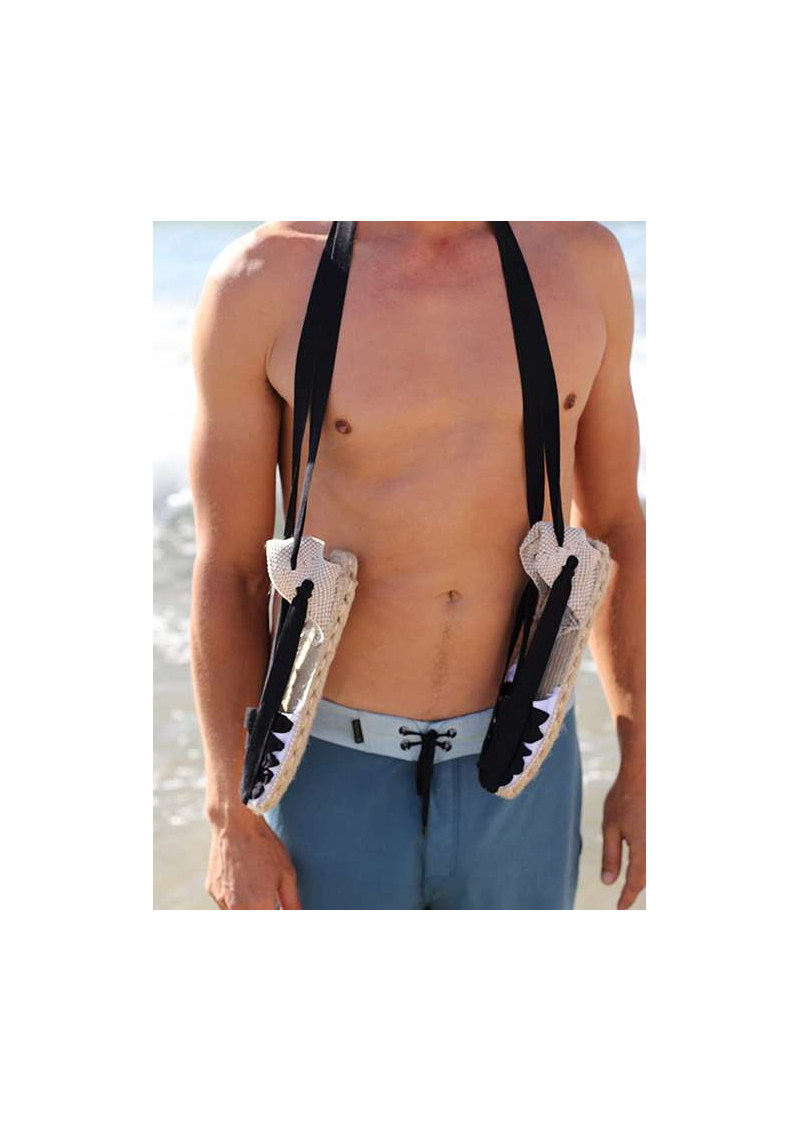











The authentic lace-up Barcelona espadrilles, called “vigatanes” and pronounced “bigatanes”.
The genuine Catalan espadrilles with a flat sole and ribbons, called “vigatanes” and pronounced “bigatanes”.

La Manual, it is the fashion espadrilles first workshop. Since 1940.
The history of La Manual begins right after the Civil War, when Mrs. Emilia Martinez, a Catalan entrepreneur, came up with the idea of doing something that no one had thought of before: to introduce the traditional espadrille into fashion, a shoe that until then had been used for work, in the countryside or folklore, and even sports, but never before as a fashion element. To make this idea a reality, Emilia bought a small traditional espadrille workshop where she instructed professional espadrille makers to give the espadrille an innovative style, introducing for the first time ever, wedges, heels, embroideries, and other elements.
In 1941, La Manual opened its doors to the public in its workshop on the emblematic Avinyo street, a space that to this day preserves its style, its essence and its craft techniques. Currently, La Manual is the only and last traditional espadrille workshop in Barcelona.
La Manuel kept growing tradition, maintaining the traditional know-how to preserve this culturally related trade. It is the source for most catalan cultural groups espadrilles, as well as for the catalan police holiday dress. They are a reference in their field, and the only who maintain certain traditions, not only in Barcelona, but probably anywhere.
Artists, singers, actors and actresses have passed through the Manual.
Salvador Dali was a recurring client, a fan of the “Pinxo" model. Dali's visits never went unnoticed, the sales clerks at the time said "... look, that eccentric who came to buy the "Pinxos" is now famous and appears on TV..." Salvador Dali was not only a buyer, he also recommended our espadrilles. Dali used to wear his espadrilles all the time, once he caused a sensation at an exhibition in Paris by wearing his espadrilles with a tuxedo suit.
Some devoted fans are Jack Nicholson, Jeanne Moreau, Penélope Cruz, Tyra Banks, Julianne Moore and Raven Symone. Salvador Dalí also used to wear them along with Pope Jean Paul, Oswaldo Guayasamín (perhaps the most eminent master painter and sculptor of Latin America), Queen Silvia of Sweden, Ralph Laurent and Jean-Paul Gaultier.

Handmade by La Manual in Barcelona, the supplier of Salvador Dali.

Flat vigatane: cotton canvas, sole made entirely in jute.

We recommend you order your usual size.Sizes: 37 to 46.
The devoted fans of the Catalan espadrilles are countless and include Jack Nicholson, Jeanne Moreau, Penélope Cruz, Tyra Banks, Julianne Moore and Raven Symone. Salvador Dalí also used to wear them along with Pope Jean Paul, Oswaldo Guayasamín (perhaps the most eminent master painter and sculptor of Latin America), Queen Silvia of Sweden, Ralph Laurent and Jean-Paul Gaultier.
The Catalan espadrille, “vigatane”, handmade in cotton canvas, with a sole of jute rope and long cotton laces, has been used by the Catalans since the dawn of time and has become the symbol of their identity. Worn across the region during cultural ceremonies and festivities and when dancing the sardana, the traditional Catalan dance, the vigatane has become a timeless basic for both men and women. It’s impossible not to fall in love with these practical and comfortable shoes. deTOUJOURS went looking for them at their source.
The word “espadrille” is a transposition of “espardille” which was borrowed from the Occitan word “espardi(l)hos” or “Spartan sandals” and before that from the old Provençal “espart”, itself taken from the Greek word “sparte”. Their roots to ancient Greece, like the Spartan sandals, are a testament to a time when the Mediterranean region was influenced by Athens, like later by Rome. This explains why, in Catalonia, from Barcelona to the Balearic Islands, from Cadaquès to the foothills of the Pyrenees, the espadrille has been part of the local apparel since the Middle Ages, with or without laces that tie around the ankles.
In the Eastern Pyrenees, where it is called “vigatana”, it was part of everyday life, from working the land to dancing, hiking in the mountains and playing rugby.
There are written traces in the Catalan language from 1322, where the espadrilles are described as they are today. They were even worn by the light infantry of the Kingdom of Aragon.
After the Great War, people yearned for simplicity, the utilitarian and a return to nature which influenced the lifestyles, clothes and diets. The vigatane, for its simplicity and functionality, fit perfectly with this movement and so, it left its traditional context and would soon become a fashion accessory, worn for various occasions and by different social classes.
In the 30’s, the vigatane was adopted by elegant women on holiday on the French Riviera, from the Villa Noailles in Hyères all the way to Biarritz with Gabrielle Chanel, which corresponded to a revived affection for ancient aesthetics, in architecture as well as fashion. For some, a long, fine skirt, a linen blouse with a simple tie around the waist, for others, a surrealist pirate look and navy shirts. The liberty and comfort of this new style seduced people all around the world.
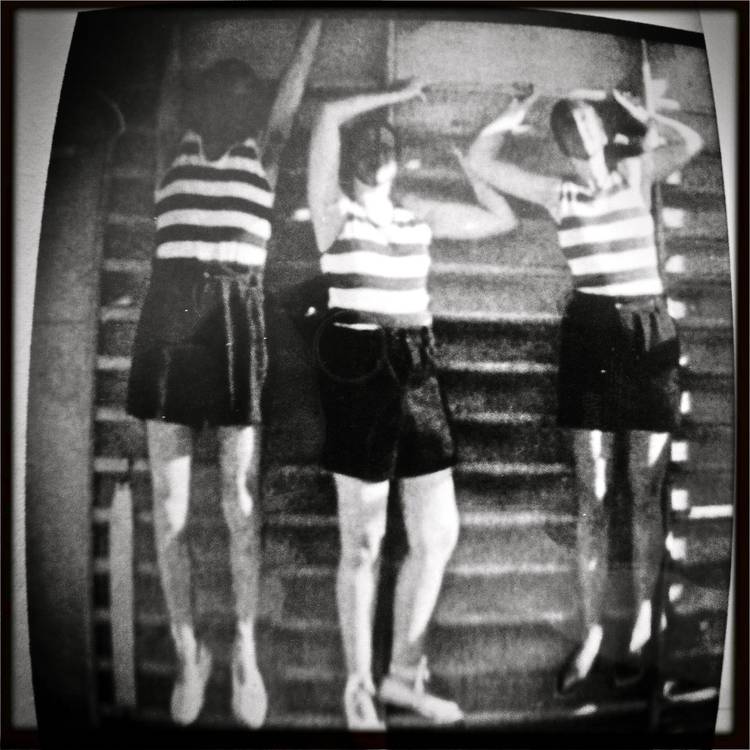
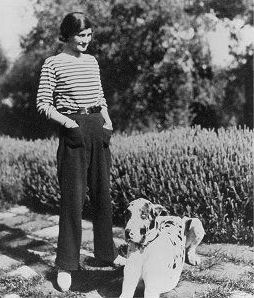
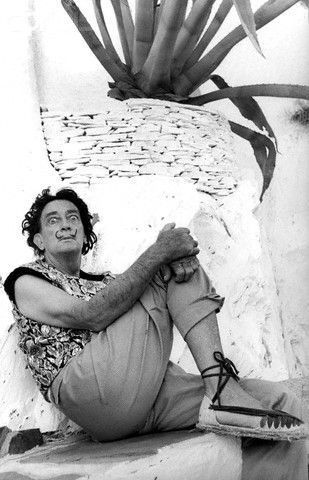
During the 1950’s, the espadrilles continued to be in vogue, frequently worn by artists and icons like Dalí, Picasso, Ava Gardner and Grace Kelly.
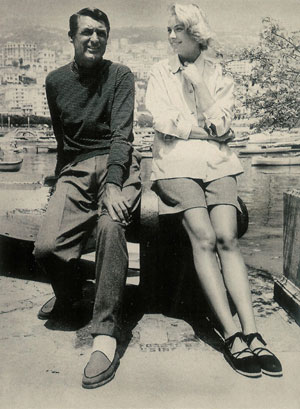
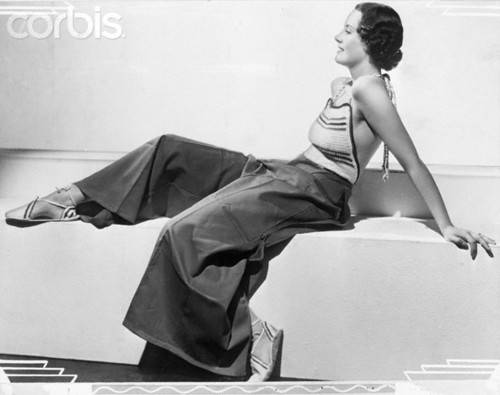
At some point in the 70’s, the espadrille finally entered the history of fashion when designers like Yves Saint Laurent started making them and they appeared on the front pages of the most prestigious fashion magazines, featured with clothes of designers who knew how to make this shoe sexy.
Today, they are still an essential summer accessory.

The genuine Catalan espadrilles with a flat sole and ribbons, called “vigatanes” and pronounced “bigatanes”.
De Toujours invites you to discover clothes and accessories at the source of the style, original pieces that fashion has always diverted.
© DE TOUJOURS 2025